Located just offshore from the Gulf of Finland in the Baltic Sea, Fort Alexander stands resolutely amidst the waters, filled with secrets and a history that spans decades.
Constructed in the mid-1800s, Fort Alexander was built to protect the coastal areas of St. Petersburg. The fortress was not erected on a natural island but was entirely constructed on an artificial foundation.
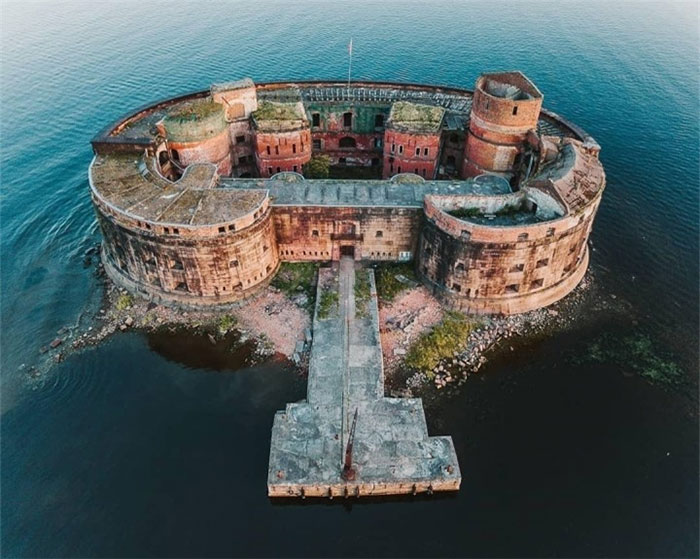
Fort Alexander stands amidst the sea for decades.
The fort’s base was built using concrete, sand, and granite. It features an oval-shaped main building with a courtyard in the center, designed as a defensive measure in case of an attack. However, it has never been involved in any direct military conflicts.
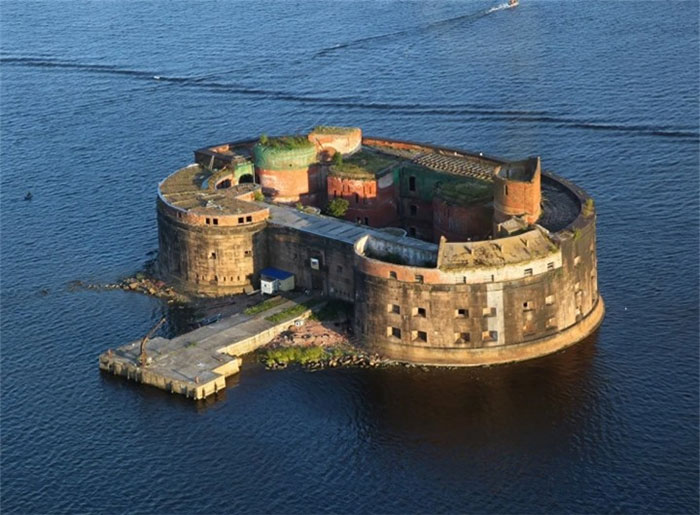
Originally built as a defensive fortress, it has never directly faced any conflicts throughout its existence.
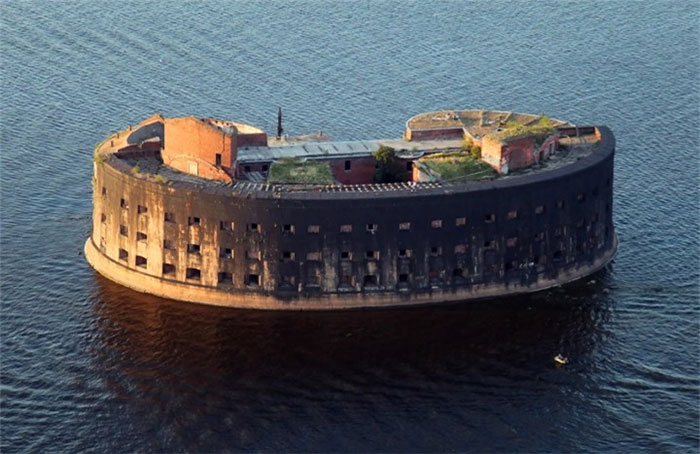
In the 1900s, the fort was repurposed as a research facility for epidemics. Russian scientists found this isolated location ideal for investigating infectious diseases such as cholera, tetanus, and the plague.
A series of legends suggest that horrific experiments were conducted within the fort’s walls. According to official data, experiments on horses were carried out to develop a vaccine against the plague.
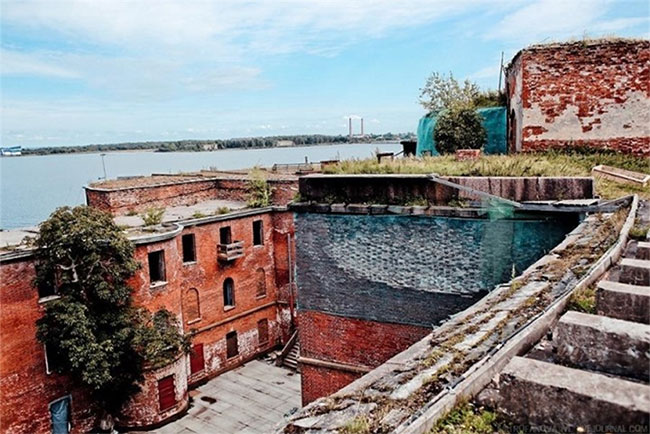
The fort was also a site for studying epidemic diseases.
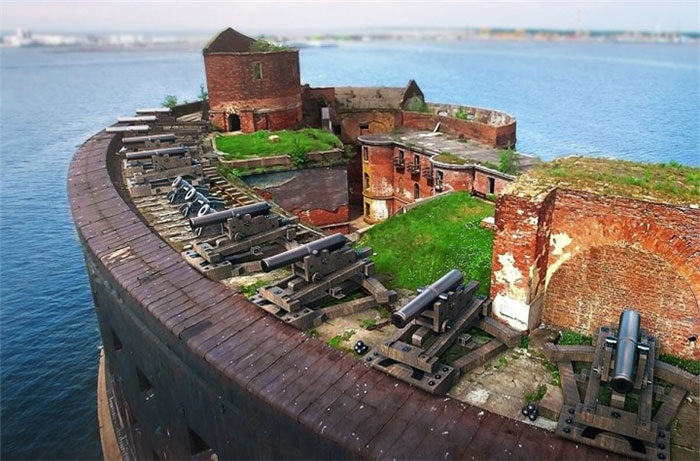
By the 1980s, medical research at the fort had finally ceased. Since 1923, the old building was used as a military camp. By the 1980s, the fort was completely abandoned.
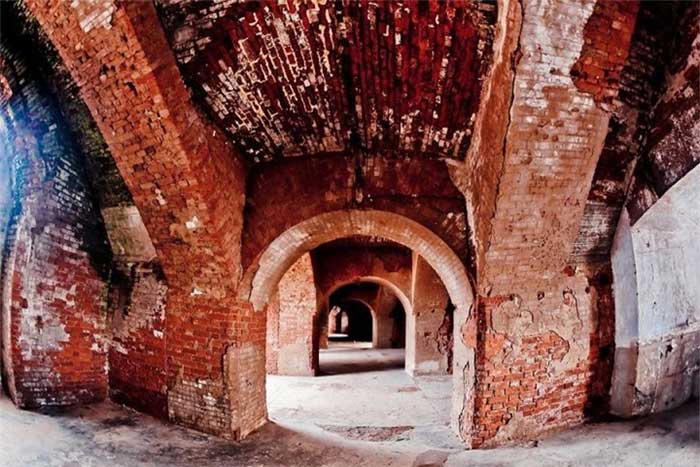
The desolate ruins attract young explorers.
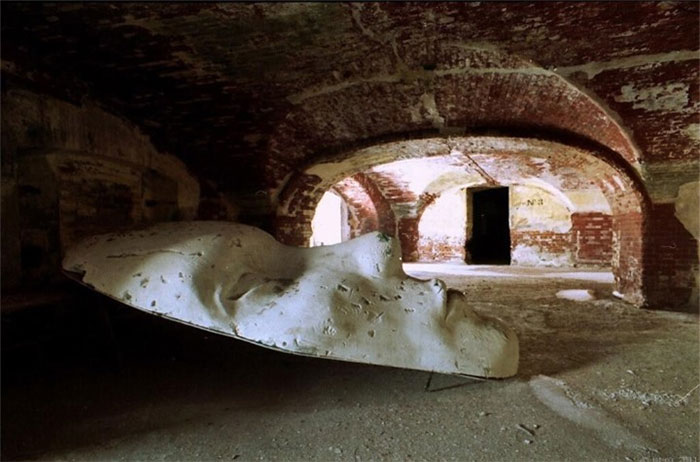
For decades, the abandoned fort and its mysterious history have become a site for young adventurers seeking thrills.
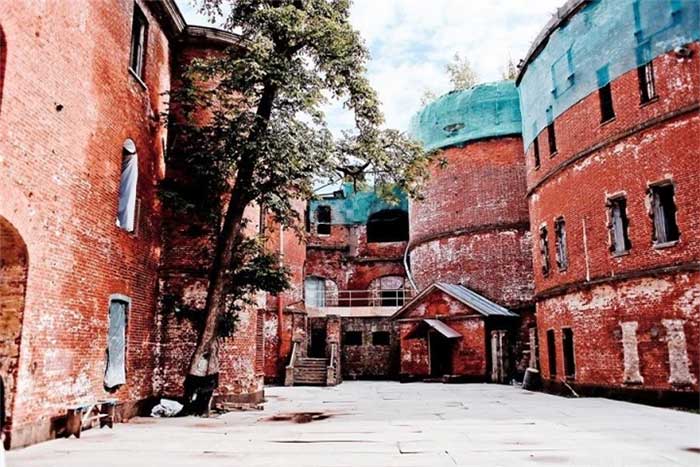
The serene interior of the fort.
Visitors can explore the fort by crossing the frozen ocean during the winter months. For those visiting in warmer seasons, access to the fort is by boat. Boat tours to Fort Alexander have been operating since 2011.
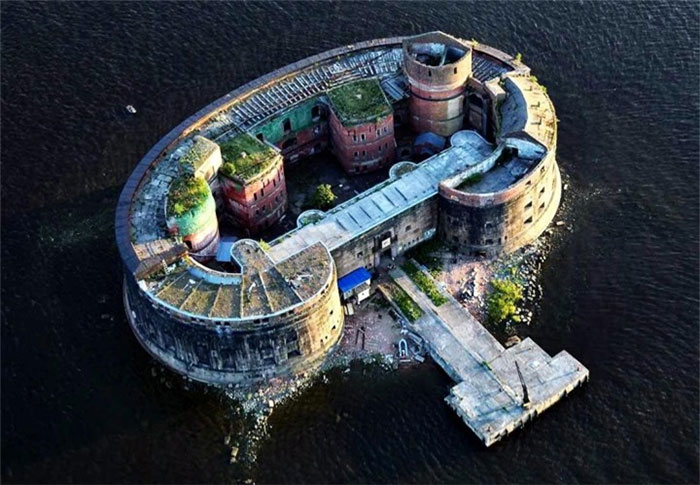
Aerial view of Fort Alexander.


















































